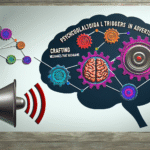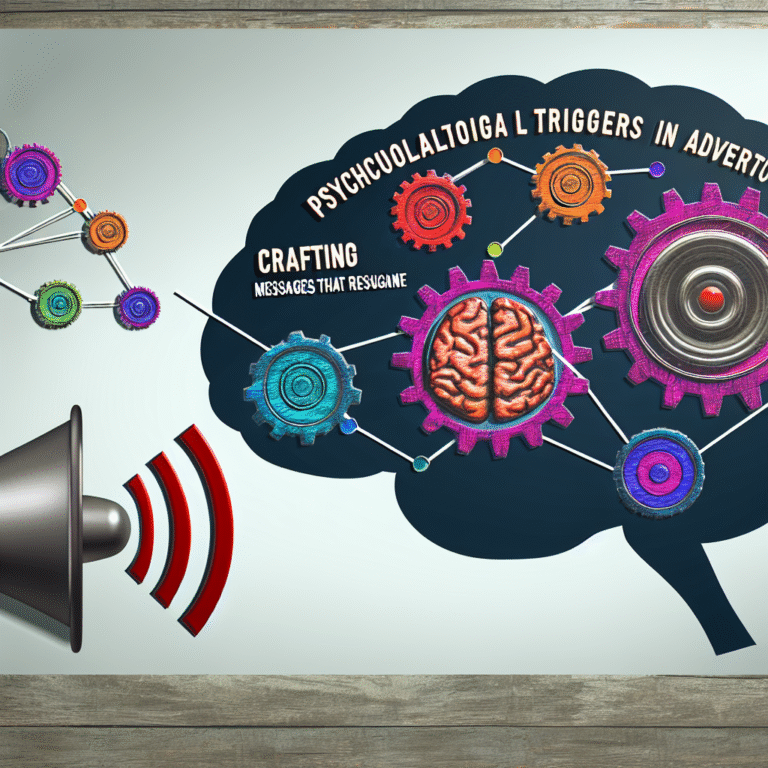
Introduction
Have you ever felt that your gestures of love go unnoticed or unreciprocated? Or conversely, have you ever felt overwhelmed by your partner’s affection but just didn’t understand the significance behind it? Understanding the concept of love languages can be a game-changer in the way we communicate affection within our relationships. In this article, we will delve into the intricacies of "Love Languages Explained: Finding Your Unique Way to Say ‘I Love You’." By exploring the five love languages identified by Dr. Gary Chapman, we aim to empower you with knowledge that can transform your relationships for the better.
Understanding the Concept of Love Languages
At its core, the idea of love languages is simple: just as people speak different languages, they also express love in various ways. Recognizing your own love language and that of your partner can help bridge gaps in communication and enhance emotional intimacy. This foundational knowledge can lead to a healthier, more vibrant relationship.
The Five Love Languages
Dr. Gary Chapman identified five primary love languages:
- Words of Affirmation
- Acts of Service
- Receiving Gifts
- Quality Time
- Physical Touch
Each language offers a unique way to express love and affection. Let’s take a closer look at each one, illustrated with compelling case studies.
1. Words of Affirmation
What It Is: This love language emphasizes verbal expressions of affection. Compliments, words of encouragement, and heartfelt messages resonate deeply with individuals who value this style of communication.
Case Study: Sarah and Mike were struggling in their relationship; Sarah often felt undervalued. After discovering that her love language was words of affirmation, Mike started writing her notes of appreciation and leaving them in her bags. Over a few weeks, Sarah’s outlook transformed, leading to increased positivity and connection.
Analysis: This case highlights that understanding one’s love language can lead to significant changes in relationship dynamics. Words possess powerful potential to uplift and strengthen bonds.
2. Acts of Service
What It Is: For those who speak this love language, actions speak louder than words. This includes doing chores, running errands, or any task that can relieve the burden off your partner, showing your love through thoughtful actions.
Case Study: Angela felt overwhelmed with managing both her job and home responsibilities. Her partner, Tom, recognized that she valued acts of service. He stepped in to handle household chores while she focused on her projects. This thoughtful act significantly improved their relationship; Angela felt supported and appreciated, deepening their emotional bond.
Analysis: By identifying ways to support each other through acts of service, couples can create an environment filled with love and appreciation. Understanding this love language can avert misunderstandings that stem from unrecognized efforts.
3. Receiving Gifts
What It Is: The receiving gifts love language isn’t about materialism; it’s about the thoughtfulness and effort behind a gift. It reflects love through tangible manifestations, often tied to special occasions but meaningful year-round.
Case Study: David’s partner, Rachel, celebrated a milestone birthday but felt neglected when he didn’t plan a special surprise. David, unaware that Rachel’s primary love language was receiving gifts, later learned the importance of thoughtful gestures. After giving her a personalized gift that demonstrated his understanding of her passions, their relationship flourished.
Analysis: This example illustrates how an understanding of love languages can enhance emotional richness and deepen relationships. Small, thoughtful gifts can go a long way in expressing love.
4. Quality Time
What It Is: For some, love is best expressed through shared experiences and uninterrupted attention. Quality time encompasses meaningful conversations, shared activities, and focused attention on each other.
Case Study: Emma and Lucas faced challenges as their busy schedules led to disconnect. Emma’s love language was quality time. Once Lucas carved out designated "date nights", their relationship transformed. They began reconnecting over their favorite activities, which helped revive their emotional bond.
Analysis: The ability to spend quality time together reinforces mutual understanding and strengthens emotional intimacy. It’s essential to prioritize this language, especially in fast-paced lifestyles.
5. Physical Touch
What It Is: This love language speaks through physical connections: hugs, kisses, holding hands, or any form of physical affection. For these individuals, physical touch is integral to feeling loved and secure.
Case Study: Alana and her partner Jacob experienced communication barriers due to differing love languages. While Alana thrived on physical touch, Jacob was less comfortable expressing affection. Over time, Jacob made a conscious effort to be more physically affectionate, which greatly improved Alana’s happiness and their connection.
Analysis: This case exemplifies the transformative potential of physical expression in solidifying emotional bonds. Learning to adapt and respond to a partner’s physical touch requirements can create a more loving atmosphere.
Finding Your Unique Love Language
Identifying your love language doesn’t have to be complex. Here are a few steps to help you discover and articulate your unique method of expressing love:
Self-Reflection
Consider past experiences—what gestures made you feel loved? Reflect on your reactions to various expressions, both positive and negative.
Communication
Discuss love languages with your partner openly. Share anecdotes or experiences that influenced how you express love.
Experimentation
Try incorporating different love languages into your relationship. You might be surprised by what resonates with you and your partner.
Regular Check-Ins
People change, and so do relationships. Regularly reassess and communicate your love languages to ensure both partners feel understood and valued.
Actionable Insights: Elevating Your Love Language Game
- Be Open: Communicate your love language to your partner, enhancing mutual understanding.
- Be Lee Active: Make an effort to express your partner’s love language, even if it’s outside your comfort zone.
- Create a Love Language Journal: Document instances where you felt loved or connected. This will help you understand the nuances of your and your partner’s love languages.
- Teach Others: Share this knowledge within your friendships and family dynamics. The more people understand love languages, the deeper the connections can grow.
Conclusion
In conclusion, "Love Languages Explained: Finding Your Unique Way to Say ‘I Love You’" is more than a mere communication tool; it’s a profound way to forge connections, resolve misunderstandings, and cultivate deep, lasting relationships. Understanding and respecting each other’s love languages can be a transformative journey for couples and individuals alike. Embrace this exploration and let the knowledge guide you toward richer, more fulfilling relationships.
FAQs
1. How can I find out my love language?
Take a quiz available online, or reflect on past experiences to identify how you express and receive love.
2. Can love languages change over time?
Yes, love languages can evolve as people grow and change. Regular communication is essential to ensure you stay aligned with your partner.
3. How can I communicate my love language to my partner?
Share your thoughts openly and provide examples of past experiences that resonate with your love language. You can also suggest taking a quiz together.
4. What if my partner’s love language is different from mine?
Recognizing and appreciating each other’s differences can positively impact your relationship. Make an effort to express love in ways that resonate with your partner.
5. Is it essential to know each other’s love languages?
While not strictly necessary, understanding your partner’s love language fosters deeper emotional connections and can help prevent misunderstandings.
By embracing the concept of love languages, we convey, receive, and express love in ways that resonate. As we unravel the complexities of how we say "I love you," may your journey be filled with happiness and profound connection!
















